The United States began the Manhattan Project, a top-secret effort that would change the path of history, in the middle of World War II.
The goal of this secret project was to create the first atomic bomb, a weapon of unimaginable power.
With the world at risk and an upset competition against Nazi Germany’s parallel projects, the Manhattan Project turned into the turning point in modern history that reshaped science, international politics, and warfare forever.
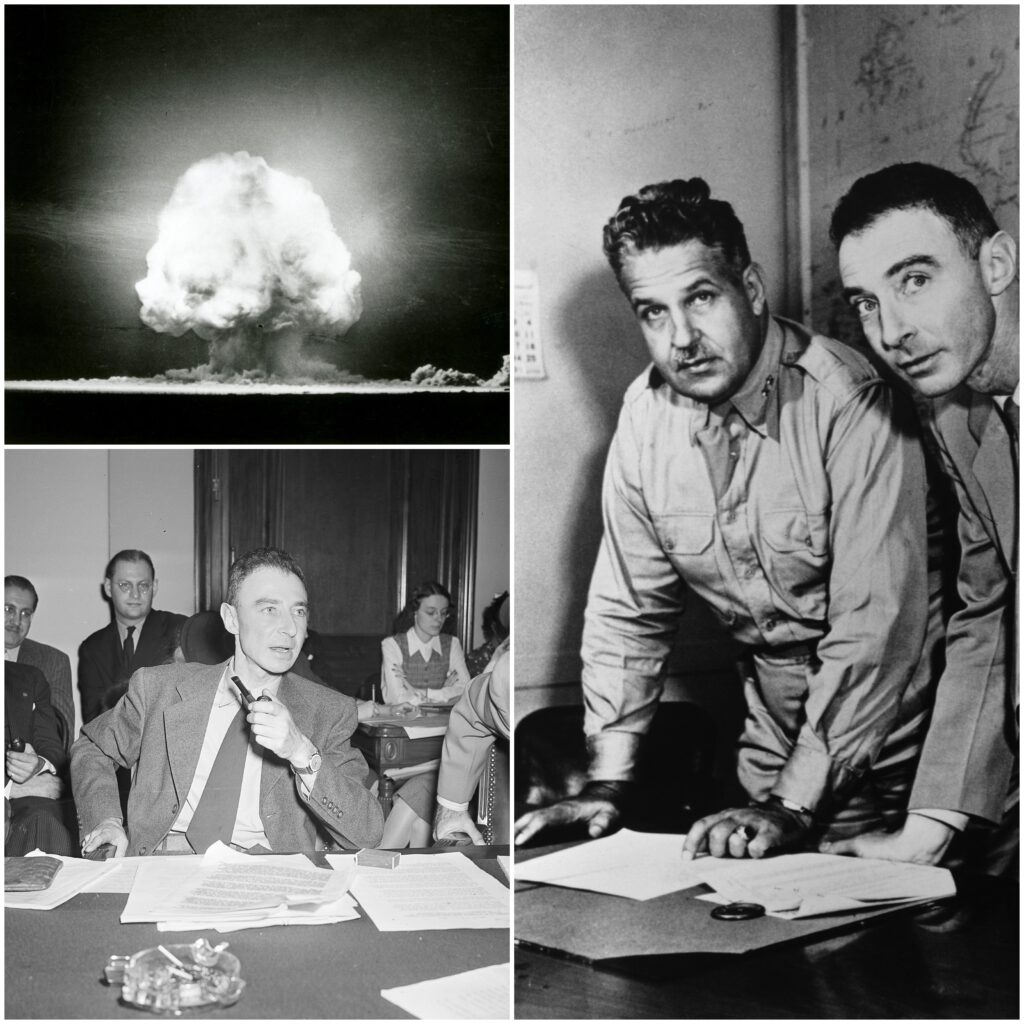
The Manhattan Project
Origins of the Manhattan Project – A Race Against Time
Aware that Nazi Germany was working on an atomic bomb of its own, the US administration rushed to collect the best scientists and engineers.
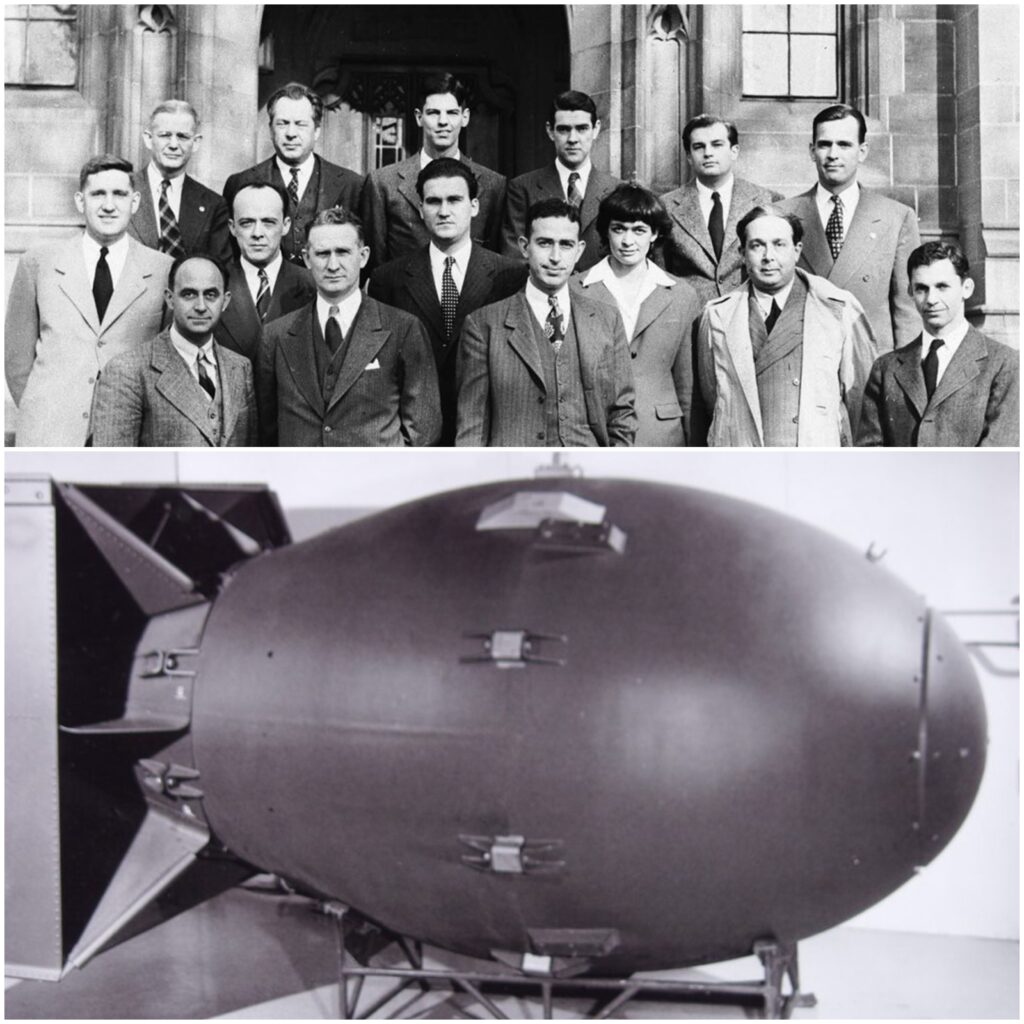
Allied countries became concerned after German scientists discovered nuclear fission in 1938, and physicists such as Albert Einstein and Leo Szilard pushed the United States to start conducting its own atomic research.

As a result, in 1942, the Manhattan Project was created.
Leading the charge was American physicist Robert Oppenheimer, together with General Leslie Groves, who organized a global scientific collaboration that would include thousands of scientists.
To defeat Germany by producing a weapon that could change the direction of the war, there was a race against time.
The Science Behind the Bomb – Nuclear Fission and Chain Reactions
The ability to harness the vast amount of energy stored within atoms was a scientific discovery that formed the basis for the atomic weapon.
The design of the bomb was based on nuclear fission, which is the process of separating an atom’s nucleus to liberate energy.
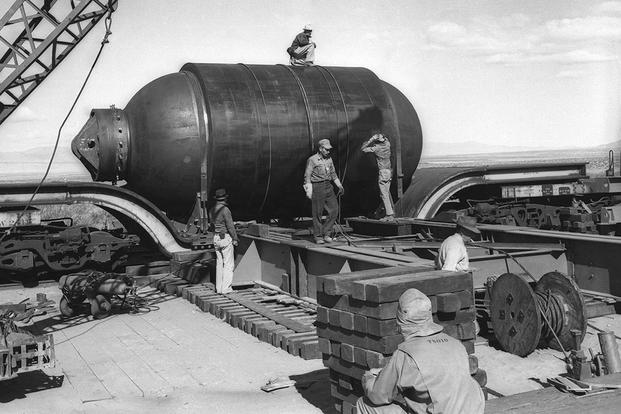
It appeared to scientists that they may release a massive amount of energy in the form of an explosion by starting a chain reaction that would divide atoms.
The goal of the Manhattan Project was to create two separate types of bombs; one that used plutonium-239 and the other that used uranium-235. One of the biggest technical hurdles of the project was isolating enough of these components, which were hard to create, for a bomb.
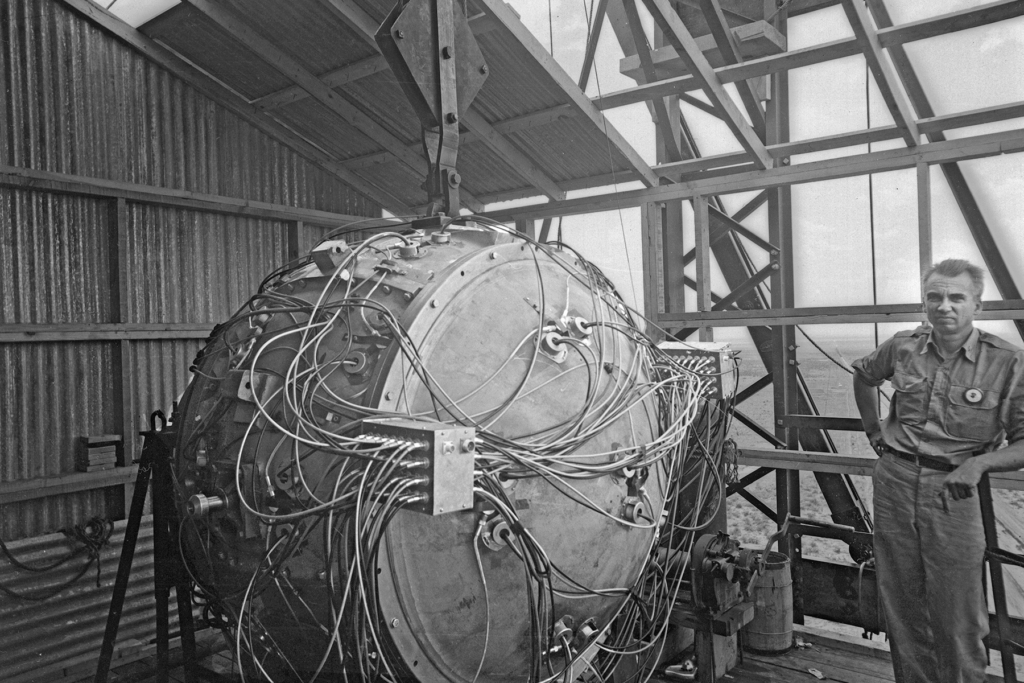
Yet, in spite of these challenges, Los Alamos scientists made this amazing achievement, which cleared the way for the development of the first atomic weapons ever.
Secret Locations and Key Figures – Where It All Happened
The United States’ secret facilities for the Manhattan Project were spread over highly specialized operations.
These sites were picked because of their isolated location and disconnection, which guaranteed the project’s success and reduced the risk of information breaches.

Los Alamos, New Mexico, was the most popular of these locations as it was here that the bomb was designed and tested.
Other important sites were Hanford, Washington, the site of plutonium production, and Oak Ridge, Tennessee, the site of uranium enrichment. Workers were also kept in the dark about the project’s actual size, as they frequently were.
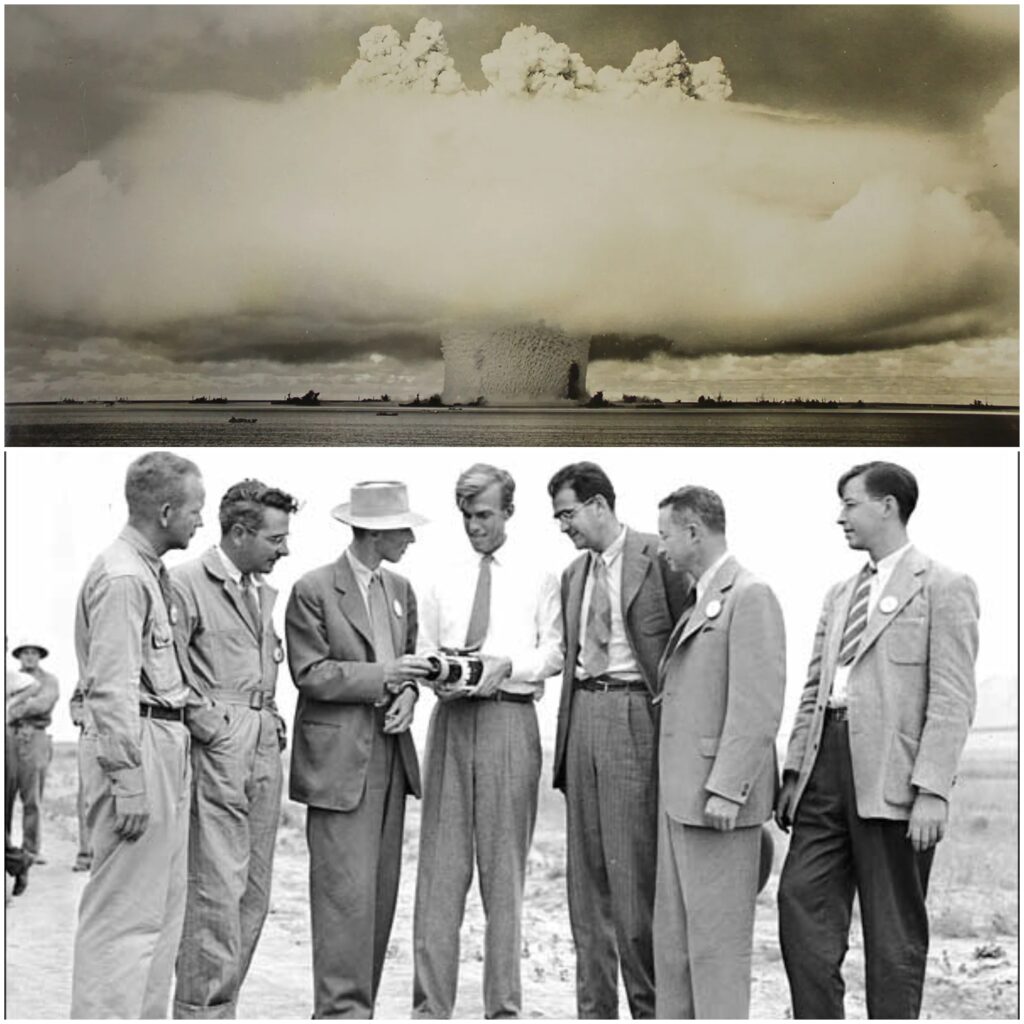
The project's scientific head, Robert Oppenheimer, collaborated closely with scientists including Niels Bohr and Enrico Fermi to translate the theory into practice.
The First Test – Trinity and the Dawn of the Atomic Age
The world first saw the power of the atomic bomb on July 16, 1945, in the New Mexico deserts.
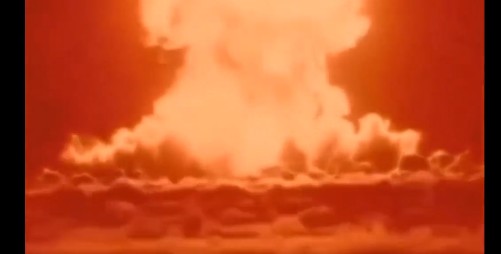
This explosion, sometimes referred to as the Trinity Test, was the result of years of effort and billions of dollars of expenditure.
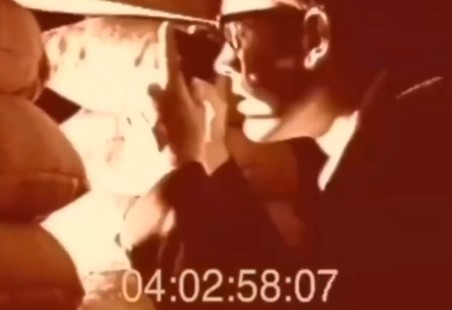
The huge mushroom cloud and brilliant flash that followed the bomb’s explosion marked the beginning of the atomic age, a horrifying new chapter in human history.
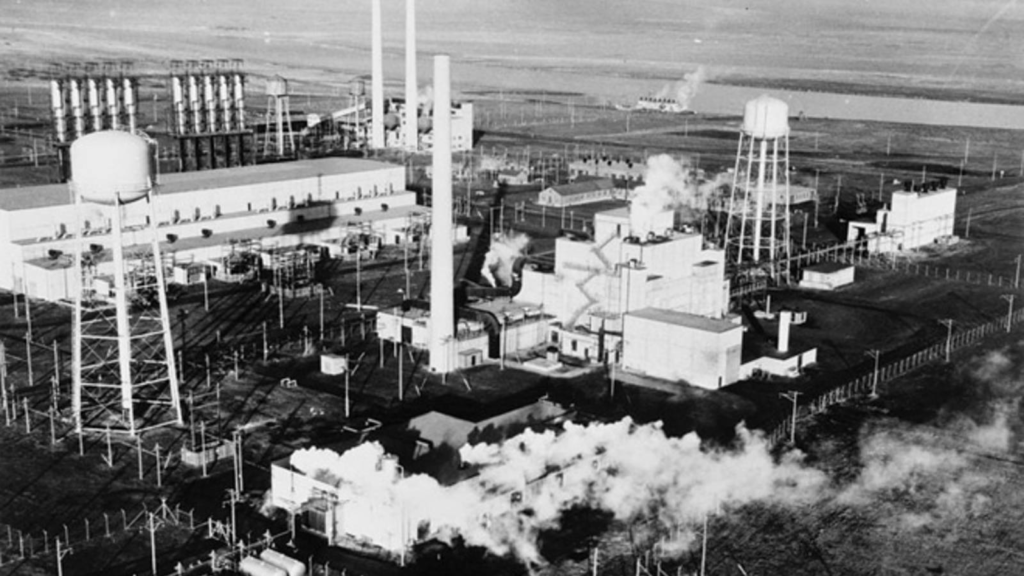
The bomb tested successfully, and many of the scientists in attendance were shocked by how much of the destruction they had released as well as horrified.
After the test was successful, the United States had access to a weapon that was unmatched in the world and would soon be used against Japan.
Hiroshima and Nagasaki – The Bombs That Ended World War II
The U.S. dropped its new bomb on the Japanese cities of Hiroshima and Nagasaki in August 1945, changing the pattern of war forever.

An estimated 140,000 people were killed when the uranium-based bomb “Little Boy” exploded in Hiroshima on August 6.
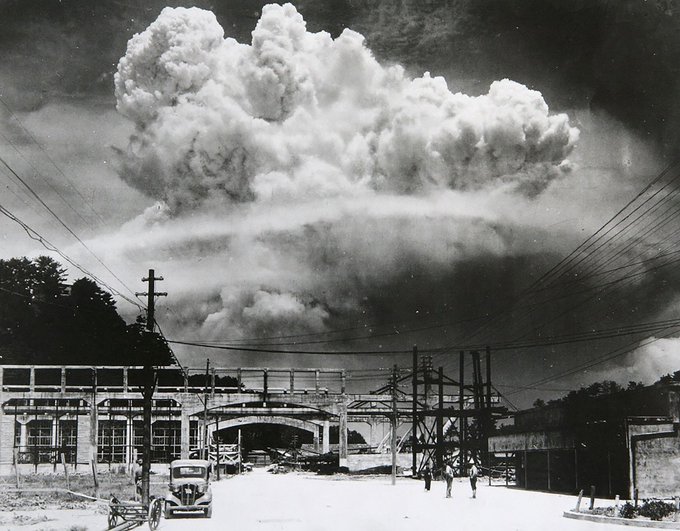
Three days later, a further 70,000+ people died when the plutonium-based bomb known as “Fat Man” was dropped on Nagasaki.
Unexpected levels of damage resulted in the leveling of both cities and unbearable human misery. Japan's quick surrender following the bombings put an end to World War II, but the destruction they caused raised serious moral concerns regarding the use of such weapons.
Ethical Debates – The Legacy of the Manhattan Project
The bombs not only helped to finish World War II but also generated strong moral debates that are still going strong today.
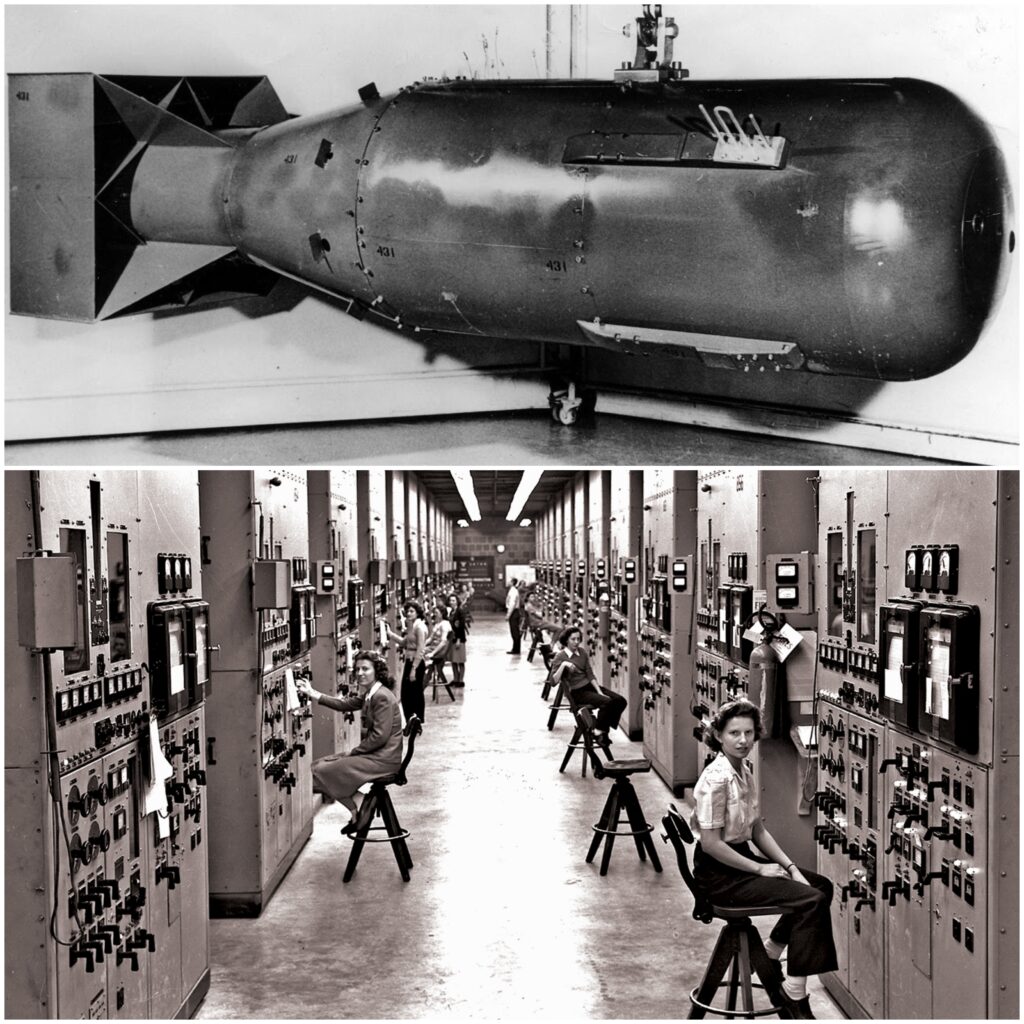
Many believe that the use of atomic bombs was required to force Japan to submit and stop additional deaths, particularly among US soldiers.
On the other hand, some argue that the destruction of Hiroshima and Nagasaki was barbaric and created an unsafe pattern for conflict in the future.
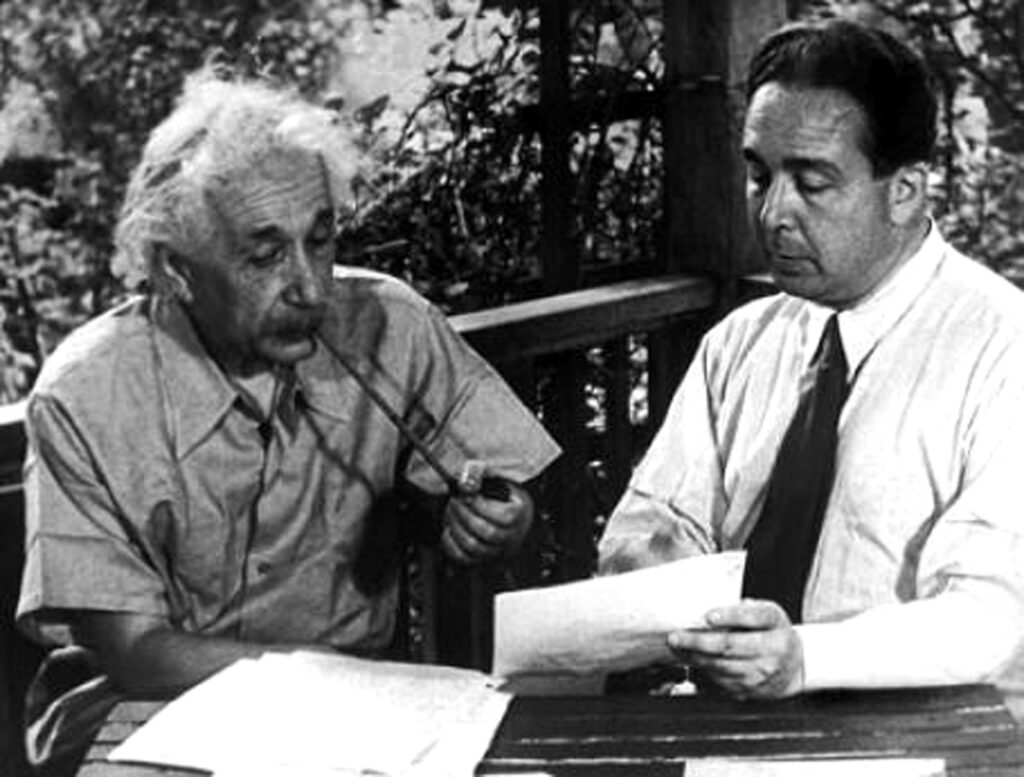
The bombings' lasting effects on the survivors, or hibakusha, included genetic damage, cancer, and radiation sickness, which complicated the moral concerns even more.
The Manhattan Project has generated continuous discussions about nuclear weapons, their use, and worldwide control attempts in the decades that have passed.
The Manhattan Project’s Impact on Modern Warfare
The Manhattan Project not only influenced how World War II turned out, but it also set the way for the current nuclear era.
The Cold War was directly caused by the discovery of atomic weapons when the United States and the Soviet Union started an arms race that threatened to bring about mutually assured catastrophe.
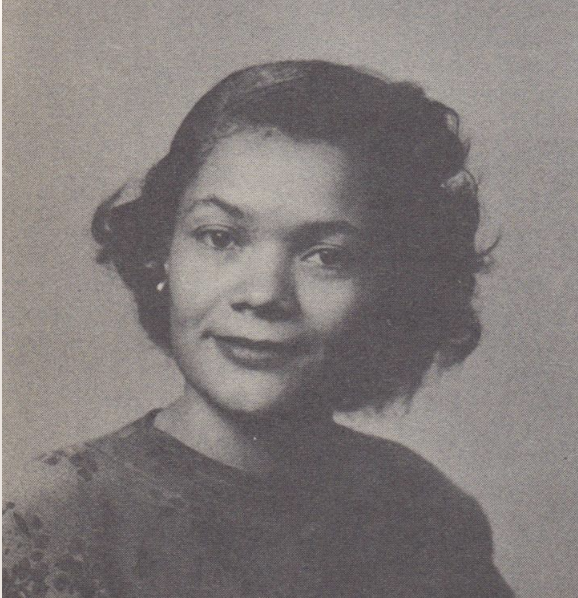
As more and more countries are getting nuclear weapons, the moral arguments around their deployment have only grown more heated.
The Manhattan Project’s legacy provides a warning about the power we currently have as well as a reminder of human creativity.
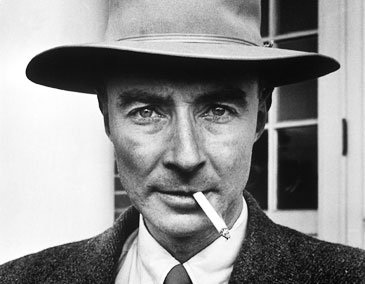
Lessons from this secret try are still important today as we continue to discuss nuclear arms control and international security.
“In 1942, at age 38, Oppenheimer was put in charge of the Manhattan Project, the top-secret U.S. effort to develop an atomic bomb. He managed over 3,000 scientists and a $2B budget at Los Alamos lab in New Mexico. But things went downhill from there… WATCH THE REAL FOOTAGE”
Read Also: Want to uncover the event that led America into World War II? Don’t miss the shocking details of the Pearl Harbor attack!
